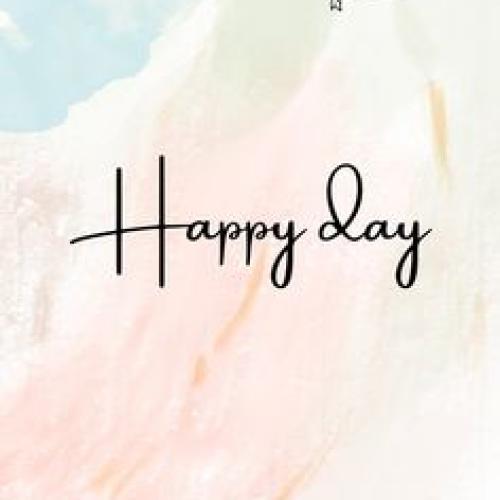Introduction:
Color is not merely a visual phenomenon; it possesses the remarkable ability to evoke emotions, influence perceptions, and shape our behaviors. The psychology of color delves into the intricate relationship between hues and human psychology, offering insights into how different colors can impact our moods, attitudes, and actions. Let's delve into the fascinating world of color psychology and uncover its profound effects on the human psyche.
Color Associations and Symbolism:
Across cultures and contexts, colors carry diverse meanings and symbolism. For example, red is often associated with passion, energy, and excitement, while blue conveys calmness, trust, and serenity. Understanding these color associations allows marketers, designers, and psychologists to strategically leverage hues to evoke specific emotions and responses in their audience.
Effects on Mood and Emotions:
Colors possess the power to elicit a wide range of emotional responses. Warm tones like red, orange, and yellow are known to stimulate feelings of warmth, vitality, and optimism, while cool hues like blue and green evoke tranquility, harmony, and relaxation. By incorporating these colors into our environments, we can subtly influence our mood and emotional state.

Influence on Behavior and Perception:
Color psychology extends beyond emotions to impact our behaviors and perceptions. Studies have shown that certain colors can affect cognitive processes, such as attention, memory, and decision-making. For instance, the color red has been found to enhance attention to detail and performance on tasks requiring precision, making it a popular choice in contexts like advertising and sports.
Cultural and Contextual Considerations:
While certain color associations may hold universal significance, the perception of color is also influenced by cultural norms, personal experiences, and individual preferences. For example, white is often associated with purity and innocence in Western cultures but symbolizes mourning in some Eastern cultures. Similarly, gender stereotypes can shape color preferences, with pink commonly associated with femininity and blue with masculinity.
Practical Applications:
The insights gleaned from color psychology have far-reaching implications across various fields:
- Marketing and Branding: Companies leverage color psychology to create brand identities that resonate with their target audience, evoke desired emotions, and differentiate themselves from competitors.
- Interior Design: Interior designers use color to create atmospheres that promote relaxation, productivity, or sociability, depending on the function of the space and the preferences of its occupants.
- Healthcare and Wellbeing: Hospitals and healthcare facilities incorporate calming colors to reduce stress and promote healing, while fitness centers may use energizing hues to motivate and invigorate.
Conclusion:
The psychology of color offers a captivating glimpse into the intricate interplay between hues and human psychology. By understanding how colors influence our emotions, behaviors, and perceptions, we can harness their power to create environments that uplift, inspire, and resonate with our innermost selves. Whether in marketing, design, or everyday life, color remains a potent tool for shaping our experiences and shaping the world around us.








